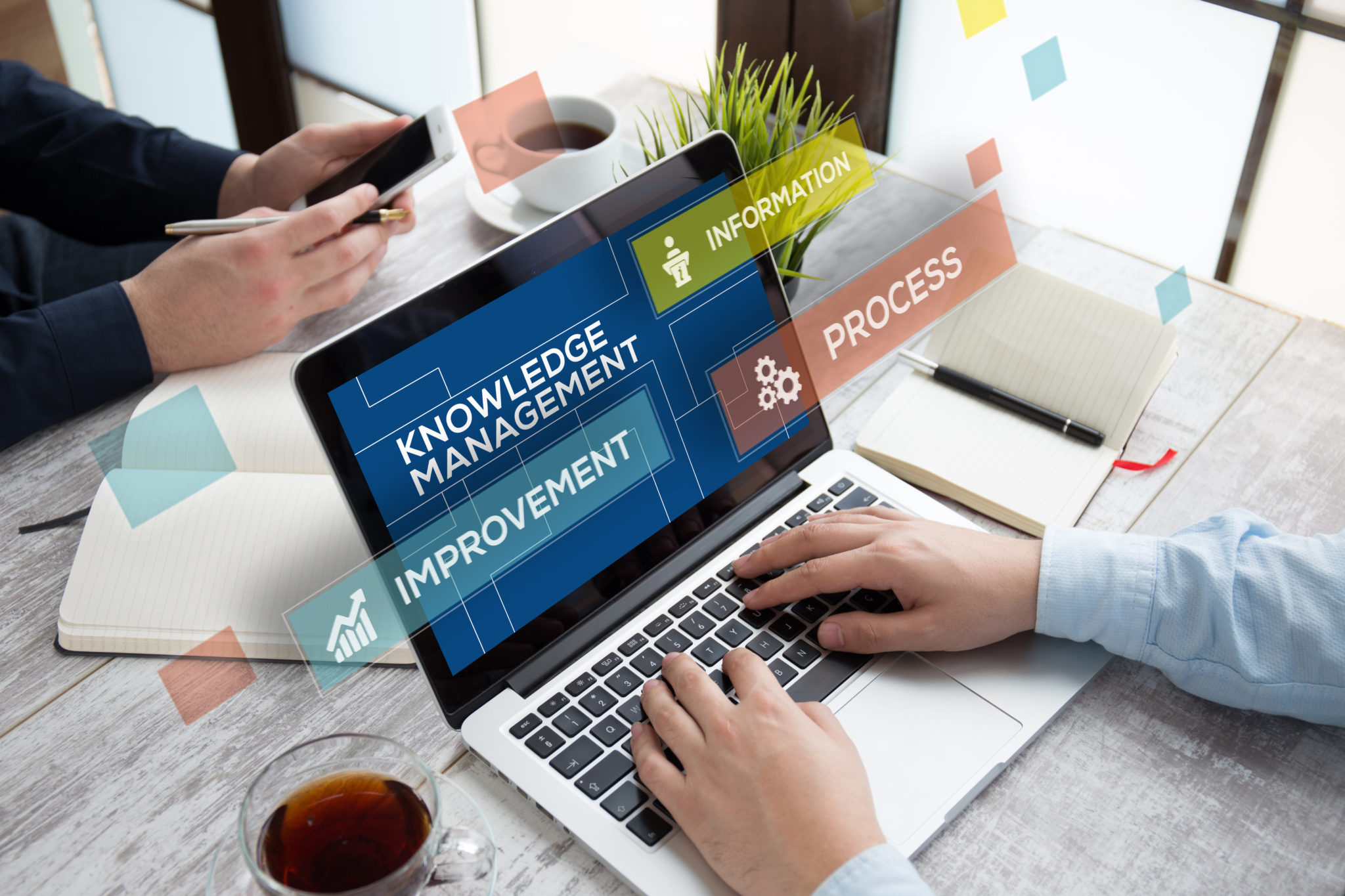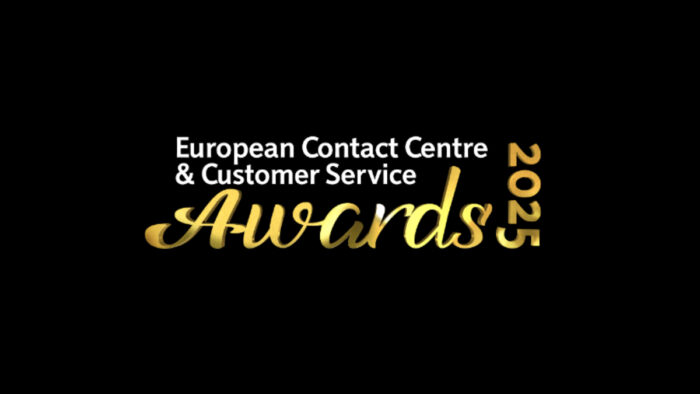We now live and work in an environment where people are accustomed to immediate feedback. In the world of knowledge management (KM) that need for speed presents a challenge. Many organizations find themselves relying on intuition and luck to find and share via a corporate portal the information employees need to complete tasks or, through a self-service portal, the knowledge customers need to solve problems.
Efficient Model for Knowledge Management Portal
There are as many approaches to KM as there are companies. Some rely heavily on technology, others on social and cultural aspects; many depend on hybrid solutions. The result? Many organizations have a knowledge management policy in place, but don’t know how to best implement and deploy it.
Knowledge management portals are good solutions to this challenge, providing a flexible knowledge environment to a large number of users, supporting them in their objectives and goals. As more organizations turn to a knowledge management portal solution to promote collaboration and productivity in the workplace, it’s important to find the right software to fit their business’ specific needs.
What to Look for in a Knowledge Management Portal
Whether you’re just beginning your search for a KMS or want to learn how to better utilize the one you have, the unlimited sea of possibilities can be bewildering. Each organization must tailor its KMS to its own needs, but these key features, regardless of your goals, should be built into your solution.
Power Search Options
Most questions employees or customers ask have been asked before and will be again. The goal is to find a way to answer them one time using the same information. A good search engine helps users find the latest, most relevant information and makes it easy for them to tag, flag, and comment on data. It should also be easy for curators to hide or eliminate “bad” data.
A KMS with dynamic search capabilities also reduces the time people spend looking for information, a huge benefit for every department and team:
- Customer support provides more timely assistance.
- Employees and new hires easily access training materials.
- Sales instantly locates marketing content.
Mobile Access
Remote work and BYOD adoption requires a quick, easy, and secure way for users to access needed information from wherever they are and on whatever device they’re using. Your KMS must work where your team is already working. That means integrating solutions, like allowing knowledge access without having to switch apps.
Customer Communities and External Sharing
Marketing materials, no matter how well-researched and presented, are only effective if people read them. A knowledge sharing solution that lets you send information to external users is a great way to successfully drive prospects down the funnel while tracking which content is and isn’t working.
Once a lead converts, you still need to build customer loyalty. A KMS offering a “community of learning” for customers can quickly establish your organization as an industry leader and keep customers coming back.
Reporting and Analytics
“Every knowledge management (KM) initiative needs to showcase results and business impact,” says Bob Armacost, leading digital strategist at Boston’s GHD, “Unfortunately, many organizations have no agreed business measures for their KM programs and focus on metrics reporting without actually understanding whether value is being realized.”
Which data enables employees to become more productive? What questions do customers or leads ask the most? Are team members actively collaborating and sharing knowledge with each other? Are the answers providing real value?
Robust analytics can help you identify pertinent information while eliminating outdated data.
Increase the Speed of Knowledge
There will always be new trends in KMS, but these key features will never go out of style. As you continue your search for the perfect KMS, consider this: Investing in a knowledge management portal solution is a lot like scuba diving for the first time. You’re going to double- and triple-check your equipment before taking the plunge.
Deciding on the best fit for your organization should be approached with the same level of care.


